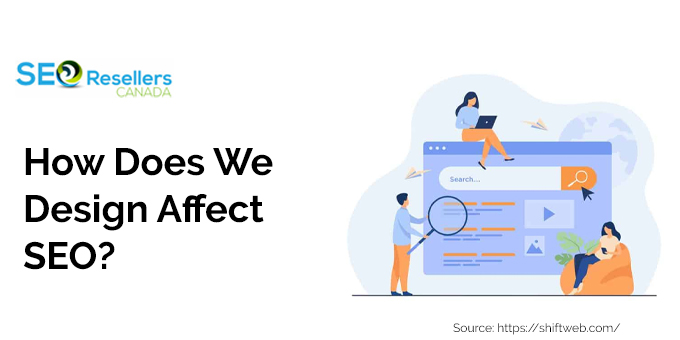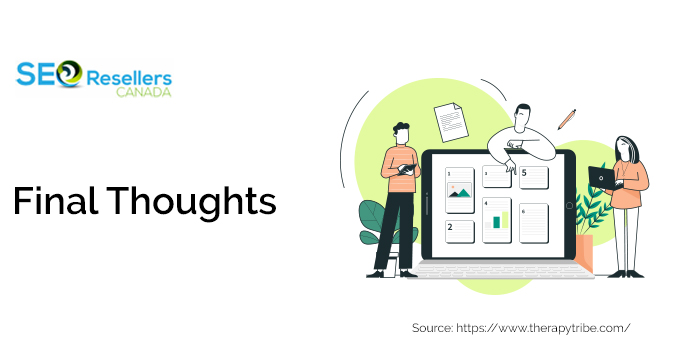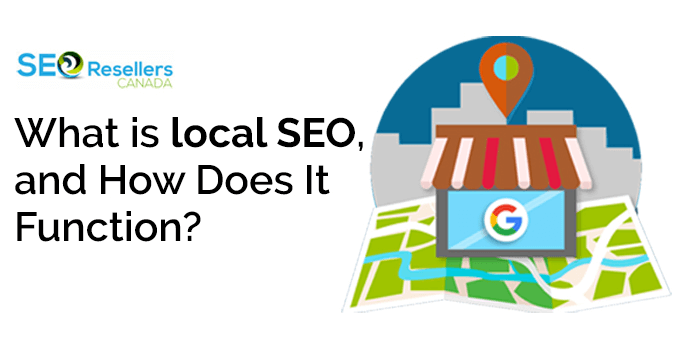Have you ever visited a site that was so simple in its navigation and quick that that you got the information your wanted in a jiffy? Now, think of the anger of going through a slow, cluttered site where you cannot find what you want.
That difference?
It is not by chance but by smart SEO planning at the web design stage. And yes, it is the reason why some brands thrive online and some get lost.
In this blog, we will guide you through the art of website planning to achieve improved SEO and user friendliness.
1- How Does Web Design Affect SEO?

SEO web design influences how search engines and potential customers interact with your website. A clean, responsive design tremendously boosts the time a user spends on the site. This way, it improves user experience and powers up conversions.
Wish to be on the top of Google? Your site must be simple, navigable, and super fast. When a site has unorganized layouts or fonts that are not easy to read, people abandon the site and move on. Google and other search engines pick up on such activities. They monitor the duration of time that they spend, the pages they access, and whether they leave immediately.
On the other hand, an organized and clean site can make people spend more time on it. This indicates to Google that you have good content that people trust. In short, the design decisions that you make are massive in determining the effectiveness of your SEO.
2- Why Is Web Design Critical for SEO Success?

You know that feeling when you come to a site and you just feel like you have to be there, you just have to look at it, and possibly buy something? That is not by chance. Rather, it is a result of website design and user engagement tightly linked working to deliver a stellar user experience.
Sites that are easy to use are likely to make people stick around longer, which Google loves to the core. Here are some reasons why your design can ruin or improve your SEO:
- A mobile-friendly site reaches out to the user regardless of the device. Just imagine how many times you have swiped through your phone at night.
- A website that loads quickly makes customers happy. Google desires that as well.
- Intuitive menus and links help users find what they need. They help the search engines to go through your site more easily.
- Better design will result in an increased number of visits and clicks. These are good SEO indications.
Working on your web design from the start, rather than as an afterthought, saves time. It basically lets you avoid headaches trying to retrofit SEO later. Want to see results? Have the design and SEO crew teamed up on day one.
3- What Is Web Design and Why Does It Matter for SEO?

When we say web design, what do we mean? It includes everything visitors see and interact with. That means colors, images, layout, menus, and even buttons. But there’s more behind the scenes. Your web design is shaping how search engines “see” your site, too.
Great search engine optimization website design makes information easy to find, loads quickly, and works on any device. If your site is a confusing maze or looks ancient, both your audience and Google are likely to leave you behind. When a design is good, both humans and search bots are guided to the content that is most important.
So yes, design is more than just eye candy. It is the guide to the success of your site, with actual people, as well as with the search engines.
4- What Key Web Design Elements Influence SEO?

Let’s break down the must-have pieces of design that feed your SEO:
- User Experience (UX): Happy users equal higher rankings, and what makes your site enjoyable (a quick load time and easy menus) is an asset.
- Mobile Responsiveness: Laptops are not used by most people as much as they use their phones to surf. Responsive layouts are non-negotiable for mobile responsive design SEO.
- Website Speed: Sites that load within a blink of an eye not only delight the user but are favored by search engines as well.
- Clear Site Structure: An Organized layout also enables Google and visitors to locate whatever it is they are looking for literally in seconds.
- Internal Linking: Smart links on your site can guide a visitor through and distribute the SEO power.
- Visual Content: Search engine-friendly images and videos have a strong attraction power for users, for clicks, and for time on site.
- Accessibility: Universal design for everyone, including disabled people, enhances reach and rankings.
4.1- Summary: Key Web Design Elements & SEO Impact
| Design Element |
Impact on SEO |
| User Experience (UX) |
Lower bounce rate, higher engagement, better rankings |
| Mobile Responsiveness |
Higher mobile search placement, improved accessibility |
| Speed & Performance |
Reduced bounce, increased duration, ranking boost |
| Clear Site Structure |
Easier crawling, better indexation, keyword targeting |
| Internal Linking |
Boosts page authority, improves crawl paths |
| Visual Content |
Enhances engagement, supports alt-text keyword targeting |
| Accessibility |
Wider reach, helps meet ranking requirements |
5- How Do You Build a Site Structure and Navigation That Boosts SEO?

Did you ever arrive on a site and feel unsure about where to click? That is usually because of a bad structure.
Website structure and SEO go together. An effective structure can make users navigate between pages conveniently. It also contributes to easier comprehension of your content by the search engines.
This is what you can do:
- Keep Navigation Simple: It is always best to keep navigation simple by having main categories at the top and the sub-categories below. Aim to have no more than three clicks to a home page.
- Use Logical Groups: Group related content under clear headings. As an example, put the place services in the “What We Offer” category and blogs in the “Insights” section.
- Keep Menus Consistent: Apply the same style in all the pages so as to make users feel comfortable.
- Link Internally: Allow the user to see other information as well and transfer the SEO value throughout your site.
- Use Breadcrumbs: These tiny links that are found at the top will help users scroll backward and lead Google to your pages.
- Short, Clear URLs: Use easy-to-read web addresses with natural keywords.
6- What Makes Mobile Responsiveness Imperative to Both the UX and SEO?

Let’s be real. Most web traffic now comes from mobile phones. If your site isn’t ready for mobile, you could be losing a lot of visitors.
So, let’s talk responsive design for local SEO. A mobile-ready site looks and functions perfectly regardless of whether you are using a mammoth desktop or a miniature phone display. Through its crawlers, Google checks out your site on the go. In case it fails, you sink in the ranking, particularly when the queries are “near me” or on-the-go.
Why else does mobile matter?
- Better experience with no squinting or zooming.
- Faster loading means fewer users bounce away.
- More clicks, shares, and signups happen on responsive sites.
Inspired by mobile friendly website examples? Take a look around: brands that dominate search results almost always ace mobile UX. They are easy to use- with buttons that fit your thumb and menus that make sense.
7- How to Design SEO-Friendly Websites?

Imaging building a house. You need a strong foundation, smart planning, and easy paths between rooms. The same applies to web design.
Here’s how you can do it step by step for a winning website design solution:
7.1- Set Clear Goals and Structure
- Define your main purpose. Is it to sell? Educate or get leads?
- Map out your core pages and categories.
7.2- Research Keywords and Plan Content
- Choose keywords for each page so search engines understand your topics.
- Group related topics to show deep knowledge.
7.3- Design for People First
- Make sure users can find things in under three clicks.
- Create short, clear URLs with natural keywords.
- Use menus that make sense, not ones packed with extra words.
7.4- Use Internal Linking
7.5- Prioritize Speed and Mobile
- Use compressed images and clean code.
- Test your site’s look and speed on all devices.
- Always use mobile-responsive design.
7.6- Optimize Visuals and Accessibility
- Every image should have descriptive alt-text (for SEO and screen readers).
- Color choices must have high contrast.
- Make sure your site works with screen readers and keyboard navigation.
7.7- Audit Regularly
- Use analytics and tools like Google Search Console to watch user behavior.
- Adjust menus, speed, and layout based on what you learn.
7.8- Add Structured Data
Structured data (also called schema) assists Google in comprehending and showing your content in Search rich snippets. Make your website ready for this by leaving some room on your site for it.
8- Final Thoughts

It is not all about the aesthetics of planning your site structure. Instead, it has to do with getting your site to work for both the audience and Google. Once you get both UX and SEO on point, then you can expect
- your engagement to rocket up the charts,
- conversions to increase relentlessly, and
- your ranking to outpace competition.
Keep in mind that magic takes place when design and SEO are shoulder to shoulder. This is how you make casual visitors stick with you to be those fans, and then search engines are your best pal. When you are starting up or planning a redesign, get your designers and SEO specialists in at an early stage. This proactive approach can reap rich dividends.
Craft your SEO web design with intention, and you will surely come out of the digital clutter.
Cheers to creating something that people (and Google) love to visit!
9- Frequently Asked Questions (FAQs) on Web Design & SEO
9.1- Does a good user experience actually impact SEO?
Absolutely! Google prefers websites where users enjoy a smooth experience with improved rankings. How user experience impacts search rankings can be seen by looking at bounce rates. When users leave in haste, Google knows something’s wrong and sends fewer visitors your way. This creates a bad sign and lowers your rank.
9.2- Are internal links really enhancing my SEO?
Yes! Smart internal linking is easy for users and search engines to understand. It distributes SEO value (“link juice”) across your pages, placing valuable content to climb up the rankings.
9.3- What is a quick thing that I can do to improve my site today?
Check your site on your phone. If it’s hard to use or looks like it’s broken, get that corrected first. This is because responsive design matters to users and search bots now.
















